HOW DO WE FIGHT NATURE-BLINDNESS?
Not long ago, from a vantage point on a high bluff above a shoreline, Carol Birrell watched a group of high school students as they hiked through a park that was bordered on one side by a bay of the blue Pacific and on the other by a subtropical ecosystem.
Birrell, who teaches nature education at the Centre for Education Research, University of Western Sydney, described the scene: “All had their heads lowered and backs bent with eyes focused on their feet like blinkered horses.” The scene also reminded her of how children walk along fixated on their cell phone screens.
Not more than 100 meters from the hikers, in the bay, a dolphin was slowly circled by three other dolphins. They were splashing loudly. And then it happened.
“A tiny vapor spout joining the group of larger spouts. A dolphin had given birth!”
The students never saw it. They had walked right past this once-in-a-lifetime event without looking up.
Surely many other people on such an outing would have turned and looked. But in an increasingly distracting, virtual environment, many of us spend as much or more time blocking out our senses than using and growing them.
“What are all of us missing out on when we rush through the bush, rush through life?” Birrell wonders.
At least these students made it to the sea.

In San Diego, where I live, Oceans Discovery Institute, a nature education organization, conducted an informal study of children living in local urban areas and found that approximately 90 percent of these children did not know how to swim, 95 percent had never been in a boat and 34 percent had never been to the Pacific Ocean – less than 20 minutes away.
Among the similarities between Americans and Australians is a shared reputation for being an outdoors-oriented people. But Australians (who live in the world’s most urbanized nation), like Americans, are experiencing what I’ve called nature-deficit disorder. That’s not a medical diagnosis, but a metaphor.
- In both countries, physical activity is decreasing and screen-based activity is increasing. The pace of that change increases as children get older, according to the Australian Bureau of Statistics. One in ten children today play outside once a week or less, and nearly one in four parents say their children have never climbed a tree, according to Australia’s Planet Ark.
- In 2007-08 the ABS National Health Survey found that one-quarter of Australian children ages 5 to 17 years were either overweight or obese. This proportion has remained stable with updated results from the 2011-12 ABS Australian Health Survey.
- In Sidney, researchers found that 12-year-olds with the highest levels of close-up work activity and lowest levels of outdoor activity were two to three times more likely than their peers to develop myopia.
We also know more about the up-side of nature experience, specifically.
- Research around the world indicates a correlation between time spent in nature with reduced symptoms of ADHD and depression, and improved mental cognition and creativity.
- A study by Kathleen Bagot, a researcher at Monash University in Melbourne, suggests that the higher the level of vegetation around the school, the more highly children rate that environment as “restorative.”
- Nature experiences can also build social capital. Researchers at the University of New South Wales found that community gardens were effective in promoting neighborhood renewal in public high-rise housing estates in inner Sydney, and determined that the gardens created “a greater sense of belonging, friendship and generosity amongst the gardeners and a sense of community,” breaking down cultural barriers as well as promoting “good nutrition principles.”
Public awareness about such benefits is spreading. Across Australia and several other countries, a multitude of inspiring campaigns and programs is springing up. Pediatricians are beginning to prescribe nature. Urban planners are once again considering the nurturing of nature-rich neighborhoods as a way to prevent disease and restore health. Conservationists are viewing urban regions as potential engines of biodiversity.
As for education, University of Western Sydney associate professor Tonia Gray argues for more nature-based experiences in the national curriculum and a mandate for every child to experience the natural world based not only on science but “on direct, visceral and personal engagement with nature.”
In addition to the benefits of nature experiences to health and our ability to learn, we must also recognize the suffering associated with our withdrawal from nature or its destruction around us. Australian professor Glenn Albrecht, director of the Institute of Sustainability and Technology Policy at Murdoch University, has coined the term solastalgia. He combined the Latin word solacium (comfort — as in solace) and the Greek root – algia (pain) to form solastalgia, which he defines as “the pain experienced when there is recognition that the place where one resides and that one loves is under immediate assault.”
Now comes a new nature movement to connect children, families and communities to nature.
Momentum is growing. We see it in the new vigor of organizations around the world that have worked for years to achieve that goal. We see it the hundreds of new regional campaigns – including the major Nature Play initiatives spreading across Australia’s states.
We see a growing recognition of this idea: our positive connection to nature is fundamental to our humanity, and therefore should be considered a human right. Last year, the International Union for the Conservation of Nature, representing thousands of conservation organizations from around the world, passed a resolution called the “Child’s Right to Connect with Nature and to a Healthy Environment,” which recognizes that “…children, since they are an inalienable part of nature, not only have the right to a healthy environment, but also to a connection with nature and to the gifts of nature for their physical and psychological health and ability to learn and create …”
As a species, our responsibility to care for the natural world, and our hope to help grow new natural habitats, will be linked to a worldwide realization of that human right.
A few words of caution. Without an even stronger worldwide movement, concern could fade. More and even better research — causal, not only correlative — is needed. So are new, creative ways to connect children to the natural world through nature education, but also through direct, unorganized experience.
As Carol Birrell’s story suggests, you can lead young people to water, but without a deeper understanding of the wonder of nature, without the joy of it, you cannot make them see.
-
Network News
POLICY UPDATE: Policy and advocacy for the children and nature movement
-
Voices
Binoculars, bald eagles and my journey as a Black birder
-
Richard Louv
THE WONDER BOWL: Ten Spring and Summer Nature Activities for Kids and Adults
-
Network News
Minneapolis Spotlight: The promise and possibilities of parks for youth
-
Voices
Why nature is my motherhood ally


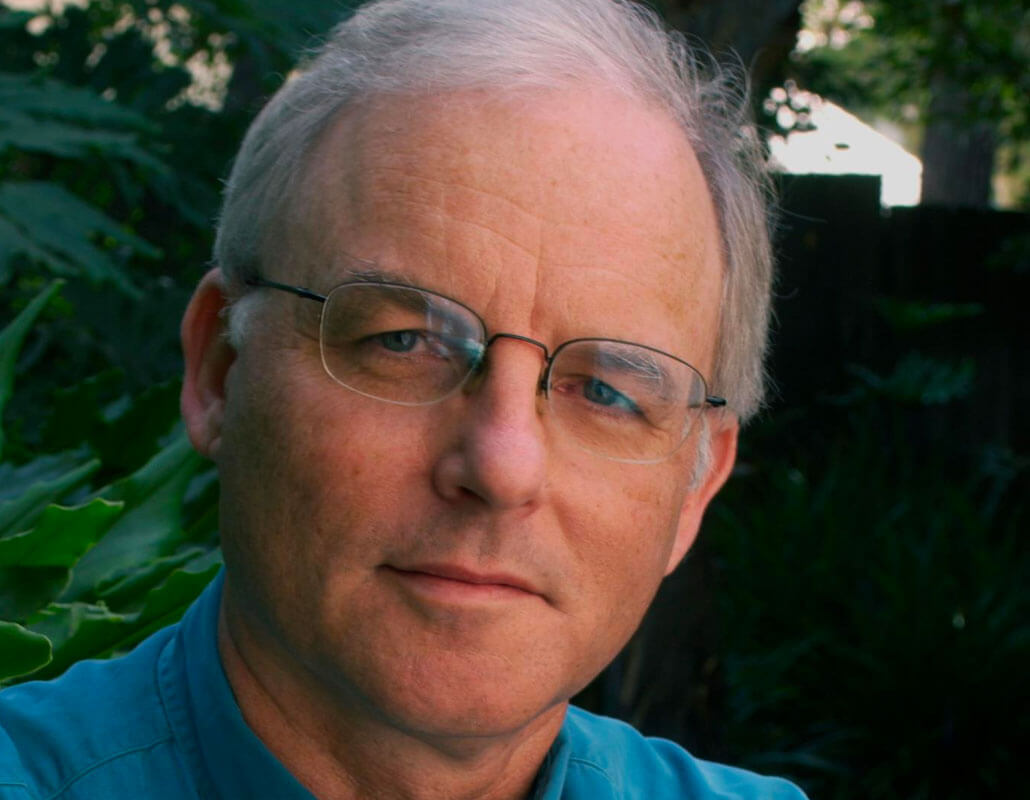
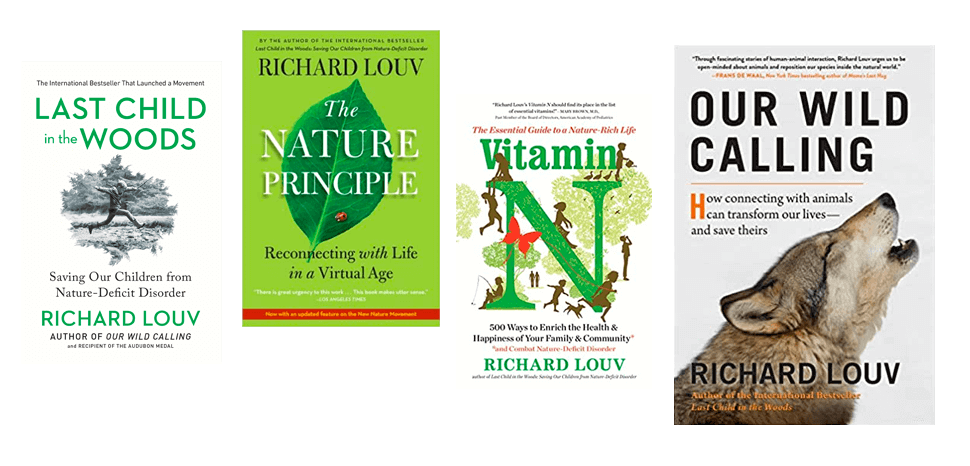
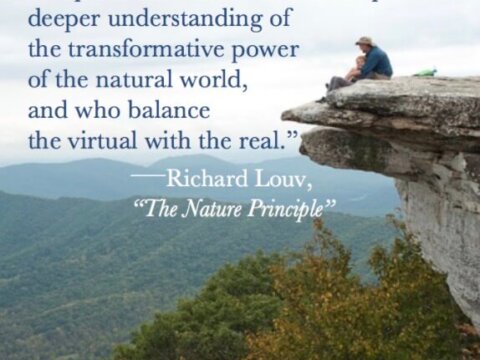
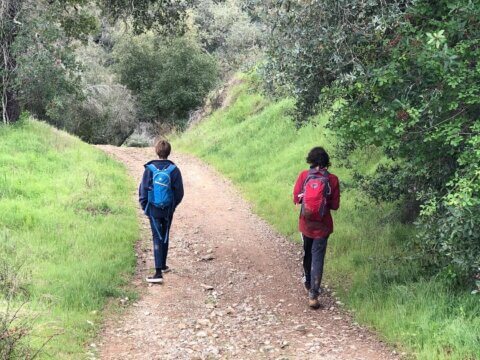
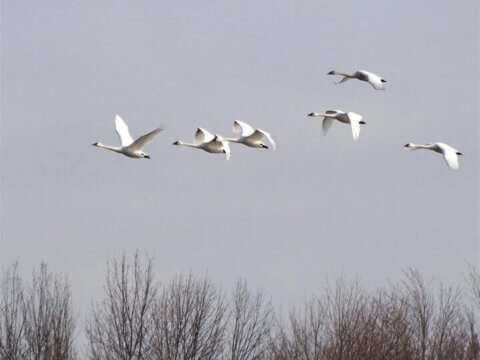
Commentaries on the C&NN website are offered to share diverse points-of-view from the global children and nature movement and to encourage new thinking and debate. The views and opinions expressed are those of the author(s) and do not necessarily reflect the position of C&NN. C&NN does not officially endorse every statement, report or product mentioned.